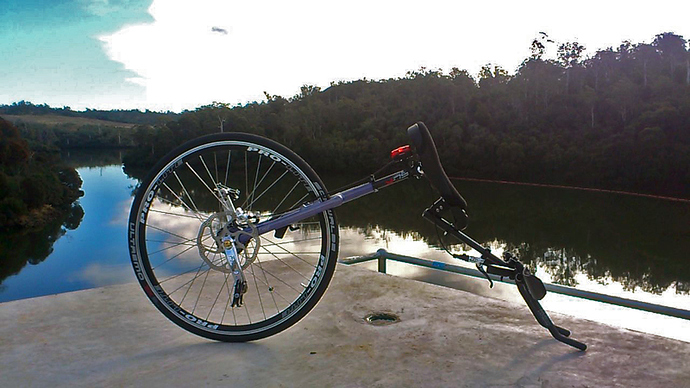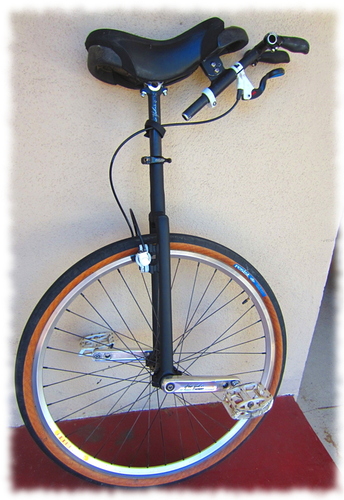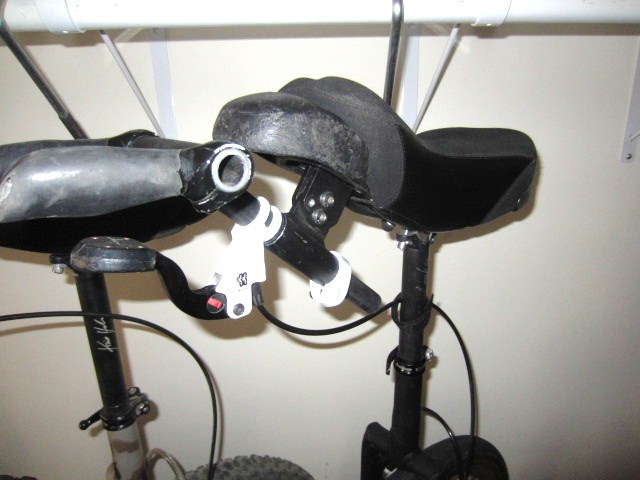Partially through experimentation, re-lacing the wheel several times with one size of spoke, and then measuring the hole spacing in the hub.
No matter how I built the wheel half of the spokes were always too long or too short by several millimeters.
The difference between normal spoke length and “odd” spoke spoke length is basically half the distance between two adjacent spoke holes, measured center to center, on your 48h rim. If you are going to go with a half normal, half short spoke build you can get a reasonably accurate secondary spoke length by re-running your spoke calculator for 48 4x, instead of 32 3x. Using this example for my build the calculator shows 296.52 for 32 3x and 293.13 for 48 4x. As I said before I probably should have rounded down to 296/293 instead of up. My initial experimentation was done with just 296mm spokes and I was concerned they were going to come up short for the normal spoke length. So I rounded up to 297 and subtracted 3mm for the other spokes. They came up a tad long, but still worked.
Each flange will use both sizes of spokes. All the spokes going one direction, on one flange, will be size “A”. All the spokes going the other direction, on the same flange, will be size “B”. The sizes will be reversed on the opposite flange if you are building a symmetrical wheel (all inbound spokes on both flanges going the same direction.)
I don’t have my notebook in front of me but I am pretty sure this is the order in which I built my wheel.
Right side inbound (trailing) 294
Left side inbound (trailing) 297
Right side outbound (leading) 297
Left side outbound (leading) 294
Because of the offset of the holes in the rim the very first spoke went into the second hole away from the valve. If you are starting in the first hole you would probably need to reverse the spoke lengths.
When I started the trailing spokes on the left side of the hub I used the hole closest to the right side trailing spoke that was still behind it. The same hole I would have used in a normal 48h build. (This placement determines the pattern of long/short leading/trailing spokes on each flange. If you skip a hole all the spoke lengths trade places.)
When you start lacing your outboud spokes (you can start on either side as long as you are using the correct spoke length for that side) use the first hole that is under the trailing spoke. This puts the extra holes on the flange between each pair of crossing spokes. Just like in this picture. (This placement determines the length of the “odd” spoke in relation to the normal spoke. If you separate adjacent crossing spokes with the extra hub hole then the “odd” spokes have to be longer than the normal spokes.)
If all this doesn’t make sense then the best way to see which spokes will be long or short is to lace up a wheel. You can save time by only using half the spokes. Take 16 normal, 32h 3x length, spokes and build up your wheel skipping every other spoke. You want to end up with 4 clusters of 4 spokes evenly spaced around the wheel, the first cluster should be on one side of the valve hole, not spanning it. Each cluster of spokes will have a pair that are too long or too short. The “odd” spokes will be on opposite flanges and going in opposite directions. It could be either the inner pair or the outer pair depending on how you build the wheel.
Martin


